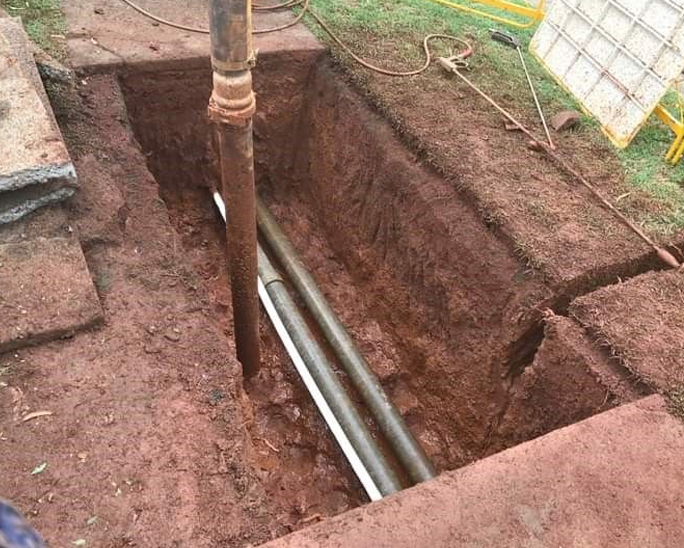The History of Hydro Excavation
It changed the excavation industry forever.
Posted 14:55 June 10, 2024
Last Updated 14:55 June 10, 2024
 Hydro excavation, also known as vacuum excavation, has a history rooted in the need for safer, more efficient methods of digging and material removal, particularly in environments with complex underground utilities. The industry began to take shape in the mid-20th century, driven by technological advancements and growing awareness of the limitations and dangers associated with traditional mechanical excavation methods.
Hydro excavation, also known as vacuum excavation, has a history rooted in the need for safer, more efficient methods of digging and material removal, particularly in environments with complex underground utilities. The industry began to take shape in the mid-20th century, driven by technological advancements and growing awareness of the limitations and dangers associated with traditional mechanical excavation methods.
The initial concept of using water to aid in excavation can be traced back to the early 1950s, when utility companies started experimenting with high-pressure water to break up soil and loosen materials. These early attempts were rudimentary and lacked the efficiency and precision that modern hydro excavation offers. However, they laid the groundwork for further innovation. During this period, the oil and gas industry also recognized the potential benefits of using water in excavation, particularly in areas where traditional methods posed a high risk of damaging existing pipelines and infrastructure.
The 1960s and 1970s saw significant advancements in vacuum technology, which was originally developed for cleaning and industrial applications. Companies began to adapt vacuum systems for excavation purposes, combining high-pressure water jets with powerful suction capabilities to create early hydro excavation units. These innovations were driven by the need to minimize the risks associated with mechanical excavation, such as damaging buried utilities or causing unintentional service interruptions.
The 1980s marked a turning point for hydro excavation as an industry. The introduction of more sophisticated and reliable equipment allowed for greater precision and efficiency. During this decade, the technology began to gain wider acceptance, particularly in North America, where the proliferation of underground utilities made traditional excavation methods increasingly impractical and hazardous. Hydro excavation offered a safer alternative, reducing the likelihood of accidents and minimizing the impact on surrounding infrastructure.
By the 1990s, hydro excavation had become an established industry, with specialized equipment manufacturers and service providers emerging to meet the growing demand. The development of dedicated hydro excavation trucks, equipped with advanced water and vacuum systems, revolutionized the industry. These trucks were designed to handle a variety of soil conditions and excavation tasks, from daylighting utilities to trenching and potholing.
The early 2000s saw further refinement of hydro excavation technology and techniques. Advances in nozzle design, water pressure regulation, and debris management systems improved the efficiency and effectiveness of hydro excavation. The industry also began to expand globally, with increased adoption in Europe, Asia, and other regions where the benefits of non-destructive excavation were recognized. During this period, regulatory changes and heightened safety standards in construction and utility industries also contributed to the growth of hydro excavation, as companies sought to comply with stricter guidelines and reduce their environmental impact.
Today, hydro excavation is a vital component of many construction, utility, and environmental projects. The industry continues to evolve, with ongoing innovations aimed at enhancing the precision, safety, and environmental sustainability of hydro excavation. Modern hydro excavation trucks are equipped with cutting-edge technology, including GPS systems for accurate mapping and data collection, and advanced filtration systems for managing slurry and debris. As the industry moves forward, the focus remains on improving efficiency and safety while minimizing the environmental footprint of excavation activities.
If you'd like to discuss an upcoming excavation project, contract the excavation professionals here at Hole Hogz. We service Las Vegas, Henderson, Boulder City, and most parts of Clark County Nevada.
